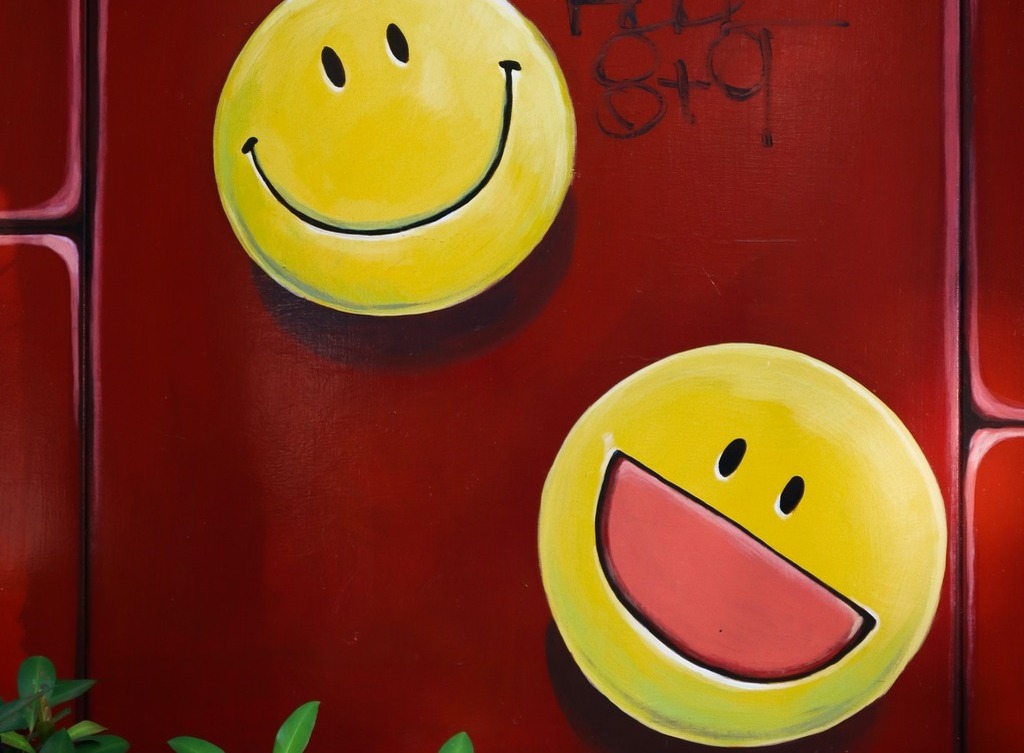Emoji are more than little images that live on our mobile devices. They capture complex human emotions. They offer a means to communicate across language barriers or different languages. And they empower faster, more fun online communication — whether that’s in text messages 💬, on social media 🗣️, or in chat tools 💻 like illumy.
It seems like emoji have always been part of our digital lives, but the emoji we know today only came about in recent years (2010, to be exact). They continue the trend of people using pictograms to express deeply held thoughts and feelings.
Let’s take a look back to get a sense of how the earliest languages evolved into the emoji characters we know and ❤️ today.
Pictorial graphics in ancient prehistory
Even before we had languages — standardized communication forms with consistent rules — people were communicating visually.
One example is the cave paintings that emerged in France and Spain roughly 30,000 years ago. What was significant about these paintings, which primarily depict people and animals, is that they demonstrated people’s ability to represent ideas symbolically such that others (even those, like us, far in the future) could comprehend them.
The emergence of symbolism has even been called “the mind’s big bang” 💥 for its significance in human intellectual development. But those paintings at Lascaux, Chauvet, and Altamira might not even be the oldest symbolic paintings on earth. There could be some as-yet-discovered ones dating back much further.
How languages were graphical
The earliest forms of writing were also pictorial. Some examples include the cuneiform used by the Mesopotamians, or the hieroglyphics used in ancient Egypt.
Hieroglyphics are one of the most direct links between the ancient world and today’s use of emojis. In much the same way that our emoji have a deeper meaning than what they depict (e.g., 🔥 representing “cool” or “way to go”), hieroglyphics meant more than the objects they showed.
…At least some of the time. Certain hieroglyphics represented concepts. Others were simply meant to be read as a syllable, like the characters in the Roman alphabet.
Not only that, hieroglyphics could be written left-to-right, right-to-left, or vertically. With all of this complexity, understanding hieroglyphics requires the reader to grasp the broader context of what the script is trying to say. It’s not unlike a parent 👵 trying to comprehend how young people use emoji to talk to one another.
A more fun and functional way to communicate
In the ancient world, economy of language mattered because setting ideas down required the use of limited resources. Hieroglyphics were used almost exclusively by Egyptian elites for this reason; few could afford the services of carvers at the time.
But even in ancient times, people were deploying short pictorial forms for fun uses. 😜
On the present-day border of Turkey and Syria, archaeologists uncovered in 2017 a 3,700-year-old clay pot with a smile painted on it. It may well be the world’s first smiley face, the team said.
“The pot was used for drinking sherbet. Most probably, [it depicts] the oldest smile of the world,” archaeology professor Nicolo Marchetti said.
Fast-forward to 1982 at Carnegie Mellon University and the core desire embodied by that clay pot — how one can express emotions in a fun and concise way — remained intact. In that year, computer scientist Scott Fahlman combined a colon, hyphen, and parenthesis to create 🙂 on the school’s online bulletin board system. It was, experts say, the first recorded instance 📍 of an emoticon.
Fahlman explained that on a text-based platform like the BBS, there was no opportunity to add context. The smiley-face emoticon could be used to deepen the conversation, or just defuse an argument.
Emoji “offer things that words aren’t saying … the things we do naturally face-to-face, like our body language, our intonation, our volume, eye contact,” Unicode Consortium member Jennifer Daniel told CNN Business.
Defining ’emoji’
Today, it’s the Unicode Consortium that decides which emoji are “official.” But the group has only been playing the role of emoji arbiter since 2010.
The first cell phone-based emoji actually emerged years prior, in the late 1990s. NTT DoCoMo, Japan’s 🇯🇵 main mobile carrier, introduced a collection of 176 characters in 1999: the first set of emoji that really became popular.
Japan also coined the term “emoji” — a combination of the Japanese words e (picture), mo (write), and ji (character).
What made this original set of emoji so revolutionary is how much they accomplished with a limited amount of space. To accommodate the tiny screens of the time, lead emoji artist Shigetaka Kurita had to craft emoji that were just 12 pixels by 12 pixels in size. In that little space, even color had to be stripped down to the bare essentials. One-third of Kurita’s emoji set were black. 🖤
Emojis get standardized
Emoji didn’t really catch on outside Japan until the first smartphones emerged. The challenge may have been technical. Different devices used different encoding standards, which meant that characters wouldn’t always appear consistent across platforms.
In 2009, two Apple engineers proposed a solution: bringing emoji into the Unicode Standard for the first time. Every modern device standardizes character codes under Unicode for the sake of consistency. Putting emoji into this framework established them as a real language: one that could be used in chat rooms, by an operating system, on Android devices, and everywhere else.
Today, emoji are part and parcel of our daily lives. They allow us to describe actions visually 👁️, like the cave painters of prehistoric Europe. They help us add context to conversations 👥, like computer science professor Fahlman. And they enable us to fit more content onto small screens 📱, like the Japanese were doing in the Nineties.
Emoji are so meaningful that some even think of them as art. Japanese artist Kurita’s set of 176 symbols was acquired by New York’s Museum of Modern Art in 2016.
Photo by Zhuo Cheng you on Unsplash.


